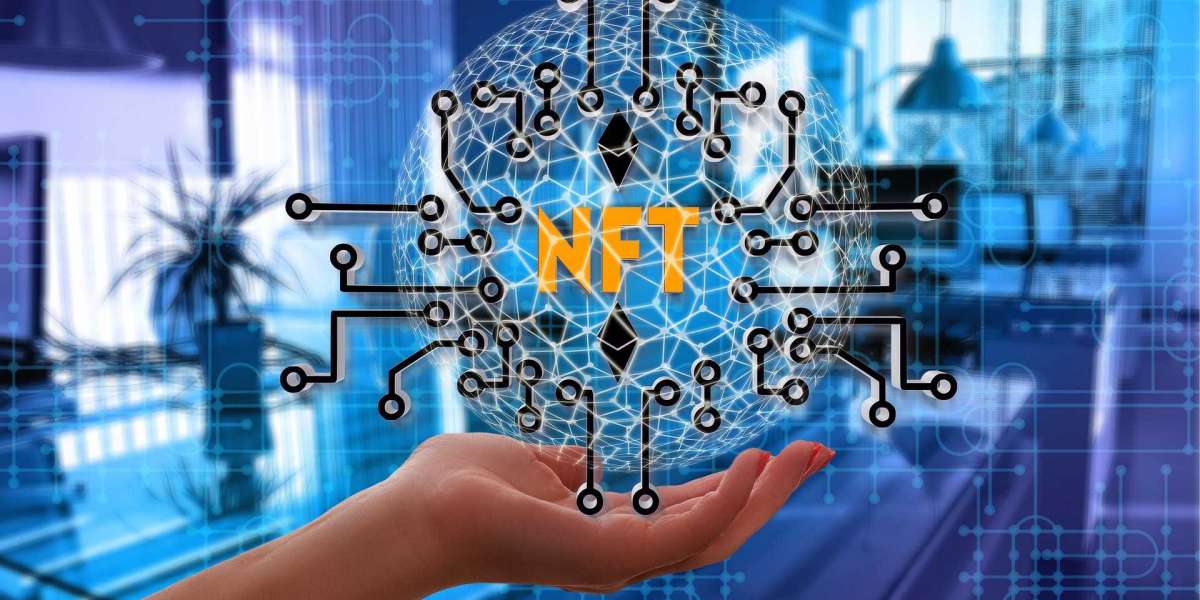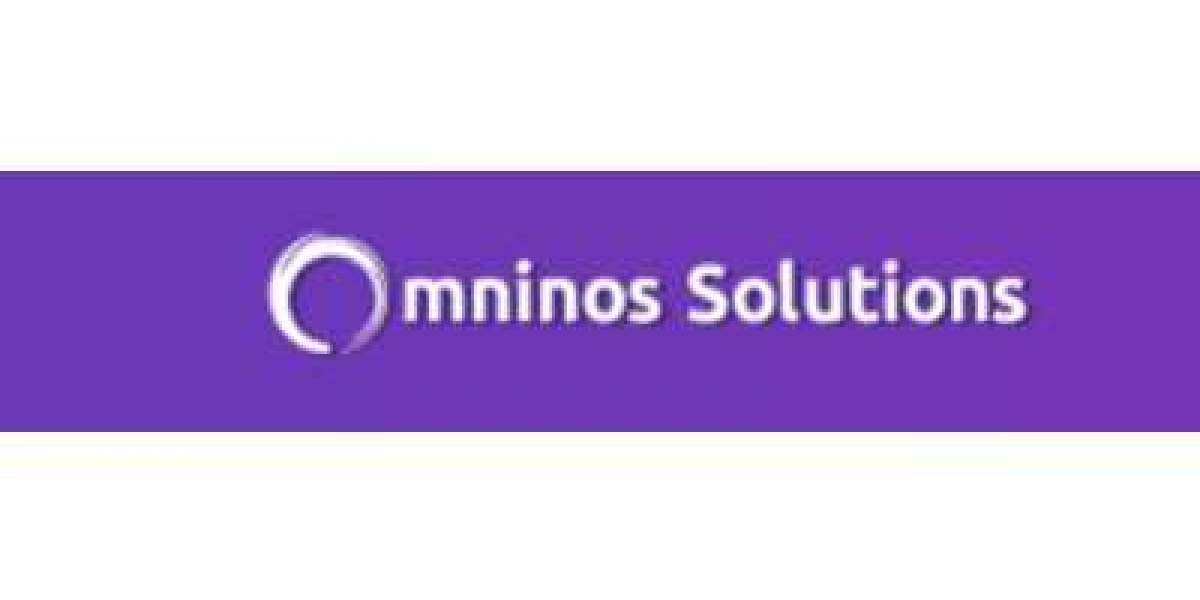Blockchain technology has revolutionized the way we interact with digital assets, and Non-Fungible Tokens (NFTs) have emerged as the artistic expression of this revolutionary concept. NFTs enable creators to tokenize and authenticate their unique digital artworks, music, collectibles, and more, fostering a new era of digital ownership. Building an NFT marketplace tailored for creators and collectors provides an opportunity to tap into the growing demand for these digital assets while supporting the vibrant artistic community. In this article, we will explore the art of blockchain and guide you through the process of developing an NFT marketplace that serves as a hub for creators and collectors alike.
Understanding the Intersection of Art and Blockchain: Before delving into the development process, it is essential to comprehend the synergy between art and blockchain technology. Explore how blockchain's transparency, immutability, and decentralized nature empower artists to establish provenance, protect intellectual property rights, and engage directly with their audience. Understand the transformative impact NFTs have had on the art world, paving the way for digital artists to monetize their creations like never before.
Defining Your NFT Marketplace's Vision: To stand out in a crowded marketplace landscape, it is crucial to define your NFT marketplace's unique value proposition. Identify the target audience, whether it's visual artists, musicians, or collectors, and understand their specific needs and preferences. Consider offering features that cater to the artistic community, such as curated collections, artist profiles, auctions, and collaborations. Establishing a compelling vision will guide the development process and help differentiate your platform.
Selecting the Right Blockchain Infrastructure: Choosing the appropriate blockchain infrastructure is pivotal for your NFT marketplace's success. Ethereum has been the dominant player in the NFT space, but evaluate alternative blockchain networks like Tezos, Flow, or Solana, which offer scalability, cost-efficiency, and innovative features. Assess the network's capabilities, transaction speed, gas fees, and community support to ensure it aligns with your platform's requirements.
Developing Secure and Scalable Smart Contracts: Smart contracts are the building blocks of your NFT marketplace, governing the creation, ownership, and trading of digital assets. Collaborate with experienced blockchain developers to architect and deploy secure and scalable smart contracts. Thoroughly test the contracts, considering potential edge cases and security vulnerabilities, to ensure a robust and reliable platform for creators and collectors.
Designing an Intuitive and Engaging User Experience: A seamless user experience is paramount to the success of your NFT marketplace. Design an intuitive user interface that showcases artworks effectively, offers advanced search and discovery capabilities, and provides seamless onboarding for creators and collectors. Implement features like bidding mechanisms, flexible pricing options, and social interactions to foster community engagement and enhance the overall user experience.
Emphasizing Security and Trust: In the world of digital assets, security and trust are paramount. Implement robust security measures such as two-factor authentication, encryption, and secure storage to protect users' sensitive information and assets. Incorporate a verification process for artists to ensure the authenticity of their creations, providing confidence to collectors. Regular security audits and proactive monitoring will help identify and address potential vulnerabilities promptly.
Nurturing the Community and Enabling Collaboration: An NFT marketplace thrives on its community. Foster a vibrant ecosystem by encouraging collaboration between artists, organizing events, and providing platforms for artists to share their stories and connect with collectors. Implement social features such as comments, likes, and artist profiles to facilitate interaction and build a sense of belonging within the community.
As you embark on the journey of developing an NFT marketplace for creators and collectors, keep in mind the transformative power of blockchain technology. By leveraging the transparency, immutability, and decentralized nature of blockchain, you can empower artists to showcase their talent, protect their intellectual property, and engage directly with their audience.
Additionally, an NFT marketplace development company can offer ongoing support and maintenance, ensuring that your platform remains secure, up-to-date, and equipped with the latest features. Their continuous monitoring and regular audits help safeguard your marketplace and provide a seamless experience for users.
In conclusion, developing an NFT marketplace for creators and collectors requires a deep understanding of the intersection between art and blockchain technology. By defining your marketplace's vision, selecting the right blockchain infrastructure, developing secure smart contracts, designing an intuitive user experience, emphasizing security and trust, and nurturing a vibrant community, you can create an NFT marketplace that becomes a thriving ecosystem for artistic expression and digital ownership.
Stay attuned to the evolving trends in the NFT space, and continuously seek feedback from your users to enhance and refine your platform. Embrace innovation and collaboration to support the dynamic needs of artists and collectors in this exciting digital landscape. With the art of blockchain, you have the opportunity to shape the future of the art world and empower creators and collectors to forge new paths in the realm of digital assets.














